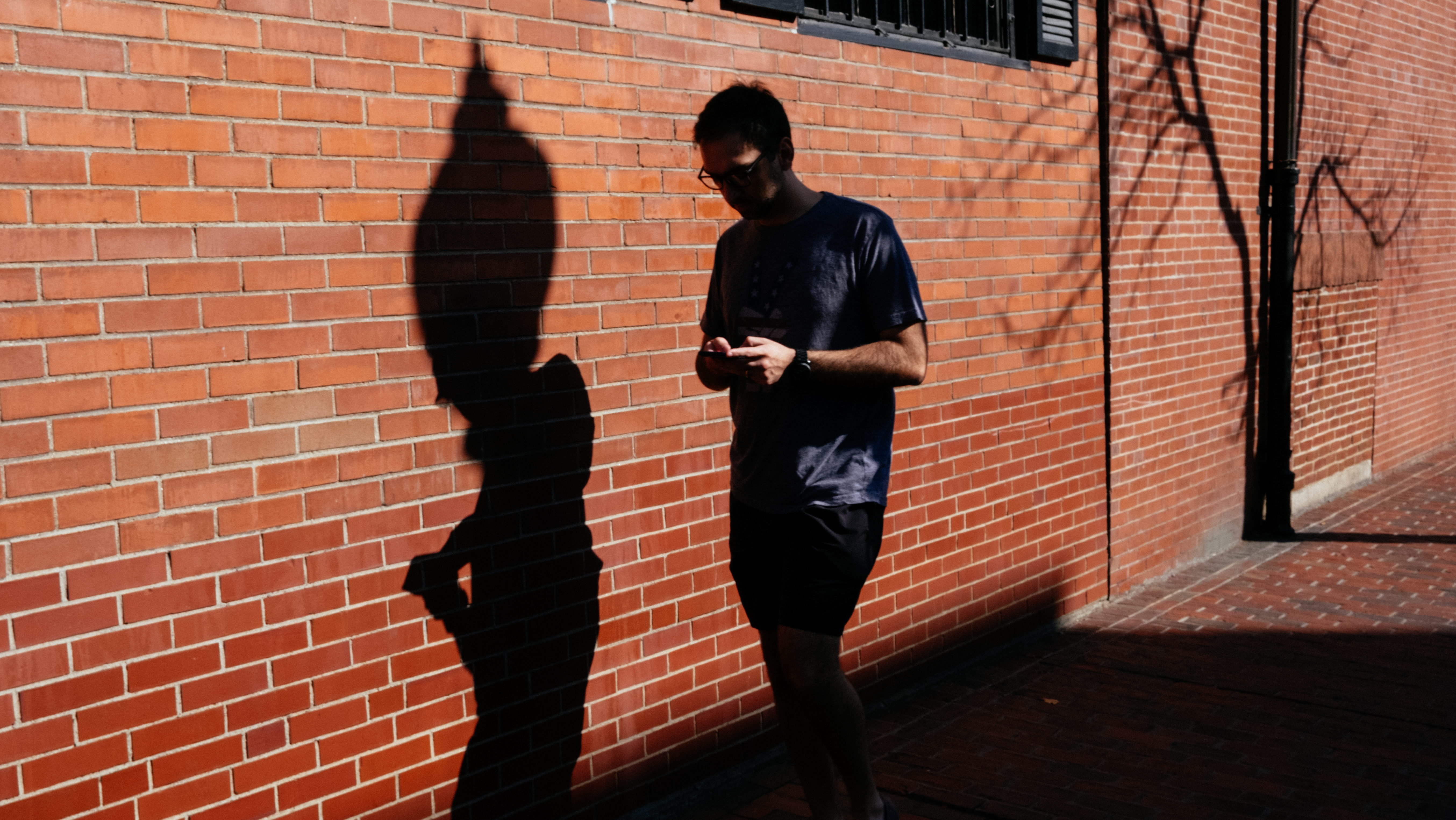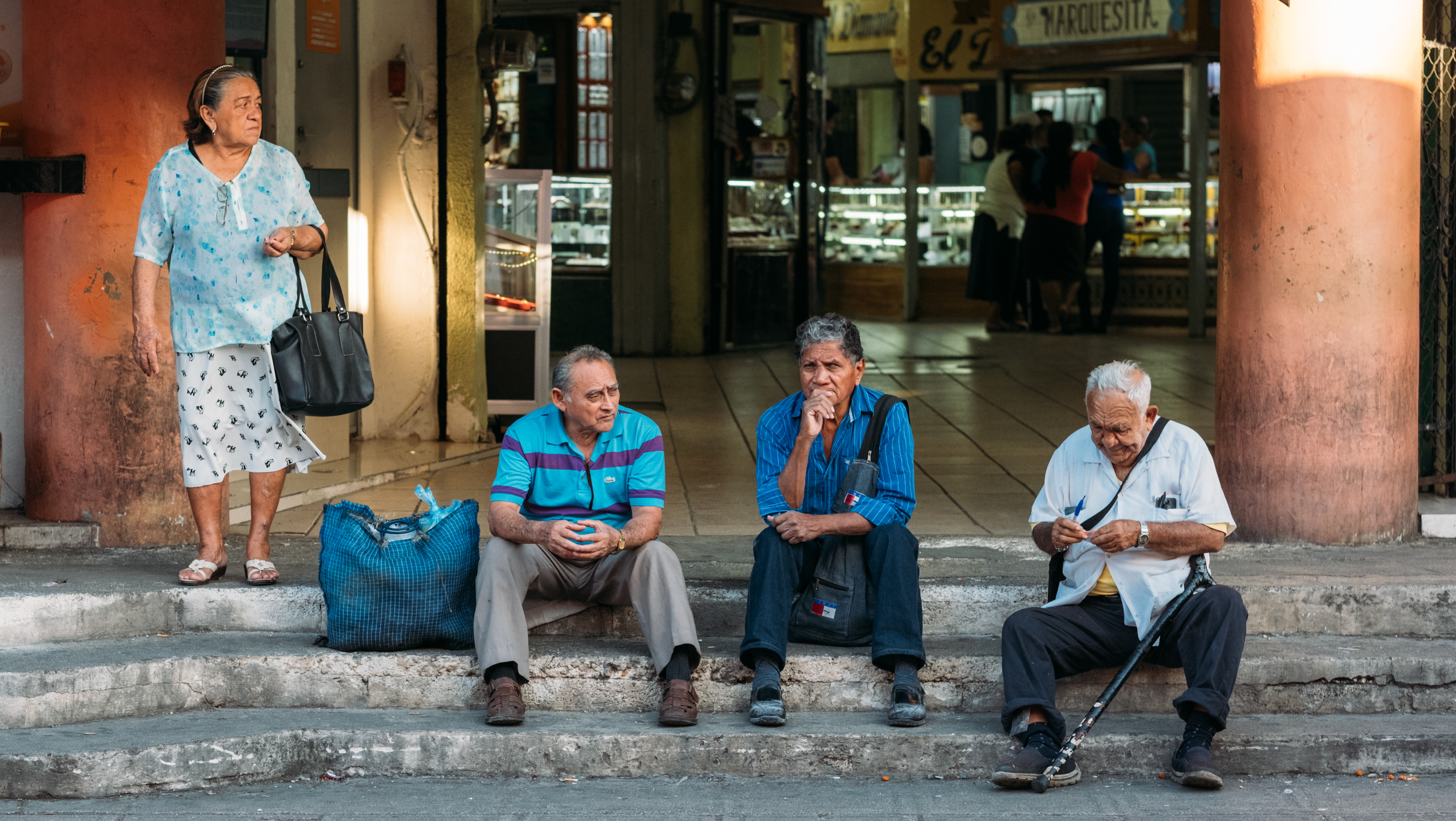In the age of smartphones and social media, street photography has undergone a dramatic democratization. What was once the domain of professionals with expensive cameras and formal training has become accessible to anyone with a phone and an eye for the extraordinary in the ordinary. This revolution is reshaping the landscape of street photography in profound ways.
The Smartphone: A Camera in Every Pocket
The ubiquity of smartphones has been the primary driver of this revolution:
1) Always Available: The best camera is the one you have with you - now, that's everyone's phone.
2) Discretion: Smartphones allow for candid shots without drawing attention.
3) Instant Editing: Built-in apps enable immediate post-processing.
4)Rapid Sharing: Photos can be uploaded to social media platforms instantly.
This accessibility has led to an explosion of street photography, with millions of images captured and shared daily.
Social Media: The New Gallery Space
Platforms like Instagram, Flickr, and Twitter have become the primary showcase for amateur street photographers:
1) Global Audience: Anyone can potentially reach viewers worldwide.
2) Instant Feedback: Likes, comments, and shares provide immediate validation.
3)Community Building: Hashtags like #streetphotography connect enthusiasts globally.
4) Trends and Challenges: Social media drives new styles and approaches.
These platforms have effectively democratized the curation and distribution of street photography.
The Aesthetic Shift: From Perfect to Authentic
Amateur street photographers are driving changes in what's considered "good" street photography:
1) Embracing Imperfection: Technical flaws can add character to an image.
2) Snapshot Aesthetic: A more casual, off-the-cuff style is gaining popularity.
3) Personal Perspective: Amateurs often capture intimate, insider views of their communities.
4) Experimental Approaches: Without the constraints of formal training, amateurs are free to push boundaries.
This shift echoes the work of photographers like William Klein, who challenged photographic conventions with his grainy, blurry, but deeply evocative street scenes.
Quantity Breeds Quality
The sheer volume of street photography being produced has interesting effects:
1) More Chances for Great Shots: With millions shooting daily, the odds of capturing extraordinary moments increase.
2) Evolving Eye: Constant practice helps amateurs develop their photographic vision quickly.
3) Collective Documentation: The mass of images forms a comprehensive view of contemporary life.
4) Inspiration Overload: The constant stream of images pushes photographers to find unique perspectives.
This phenomenon recalls the "spray and pray" approach of Garry Winogrand, who shot prolifically, trusting that gems would emerge from the volume.
Challenging the Gatekeepers
The amateur revolution is disrupting traditional pathways in the photography world:
1) Self-Publishing: Photographers can produce books and zines without publisher approval.
2) Online Exhibitions: Virtual galleries allow amateurs to curate and showcase their work.
3) Direct Sales: Platforms like Etsy enable photographers to sell prints directly to buyers.
4) Influencer Culture: Popular street photographers can build large followings and even make a living through social media.
This democratization echoes the spirit of Robert Frank's "The Americans," which initially faced rejection from the art establishment but went on to redefine street photography.
Ethical Considerations in the Digital Age
The amateur revolution has intensified debates about ethics in street photography:
1) Privacy Concerns: The ubiquity of cameras raises questions about consent and privacy.
2) Oversaturation: Some argue that the flood of images diminishes the impact of street photography.
3) Copyright Issues: Social media sharing complicates questions of image ownership.
4) Authenticity Debates: The ease of digital manipulation sparks discussions about what constitutes a "real" street photo.
These debates recall the controversies surrounding photographers like Weegee, whose sensationalist approach to street scenes pushed ethical boundaries.
The Global Perspective
Amateur street photographers are providing unprecedented views into diverse cultures:
1) Local Insights: Amateurs often capture insider perspectives on their communities.
2) Underrepresented Voices: Photographers from marginalized groups are sharing their unique viewpoints.
3) Real-Time Documentation: Amateurs often capture and share newsworthy events before professional photojournalists arrive.
4) Cultural Exchange: The global nature of social media allows for cross-cultural visual dialogue.
This global, diverse perspective brings to mind the work of Alex Webb, known for his complex, colorful images from around the world.
Technical Innovation Driven by Demand
The amateur revolution is influencing camera and software development:
1) Smartphone Camera Advancements: Phone manufacturers are constantly improving camera capabilities.
2) Editing App Proliferation: A wide range of powerful editing tools are now available on mobile devices.
3) AI and Computational Photography: Features like portrait mode and night sight are pushing the boundaries of what's possible.
4) New Gear for Enthusiasts: Camera manufacturers are producing high-quality, user-friendly cameras aimed at serious amateurs.
The Blurring Line Between Amateur and Professional
As the amateur revolution progresses, the distinction between amateur and professional is becoming less clear:
1) Skill Convergence: Many amateurs are producing work on par with professionals.
2) Career Transitions: Some successful amateur street photographers are turning pro.
3) Collaborative Projects: Pros and amateurs are increasingly working together on street photography initiatives.
4) Hybrid Approaches: Many photographers now straddle the line, doing commercial work and personal street photography.
Conclusion: The Ongoing Evolution of Street Photography
The amateur revolution in street photography is not about replacing professionals, but about expanding the field. It's democratizing the art form, challenging conventions, and providing a more diverse, immediate, and intimate view of our world.
This revolution recalls the spirit of the Provoke era in Japanese photography, where photographers like Daido Moriyama broke conventions to create a new, raw aesthetic. Today's amateurs are similarly redefining what street photography can be.
As the lines between amateur and professional blur, and as technology continues to evolve, we can expect further transformations in street photography. The key for all street photographers, amateur or professional, remains the same: to capture the extraordinary in the ordinary, to find poetry in the every day, and to document our changing world with honesty and insight.
The amateur revolution has thrown open the doors of street photography. Now, more than ever, the streets belong to everyone - and so does the art of capturing them.





